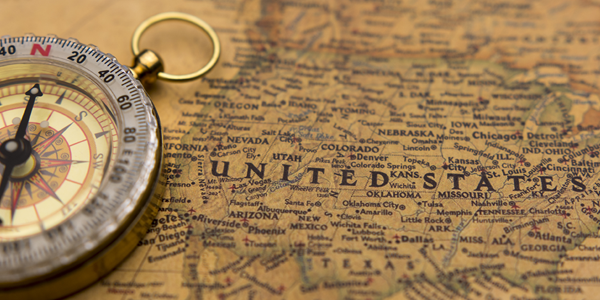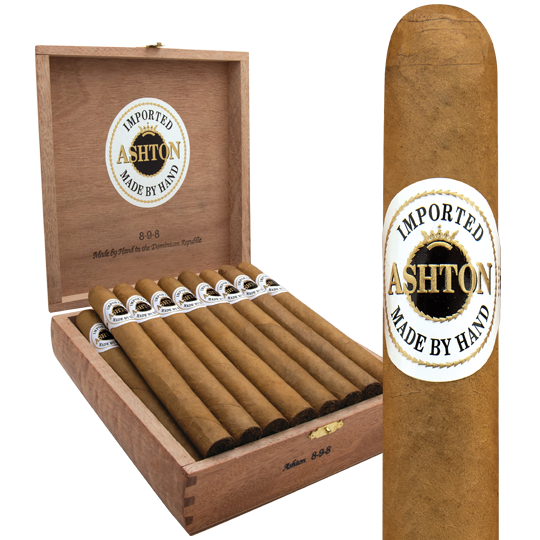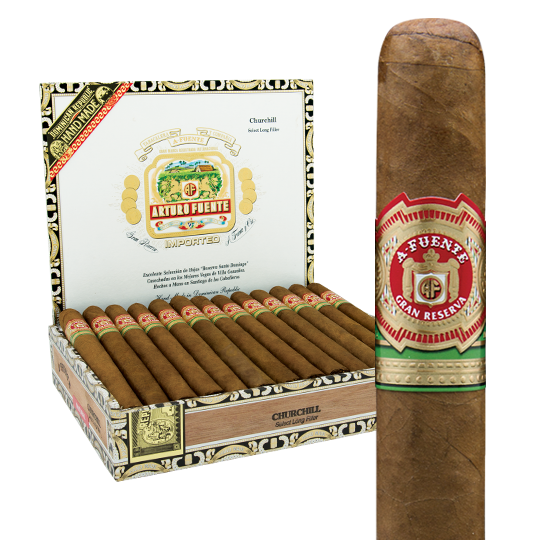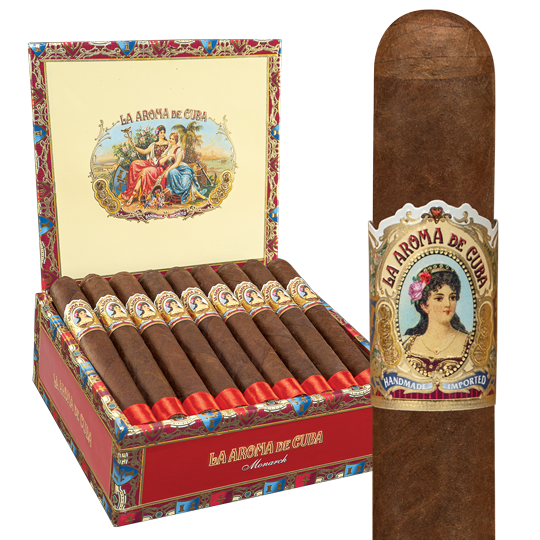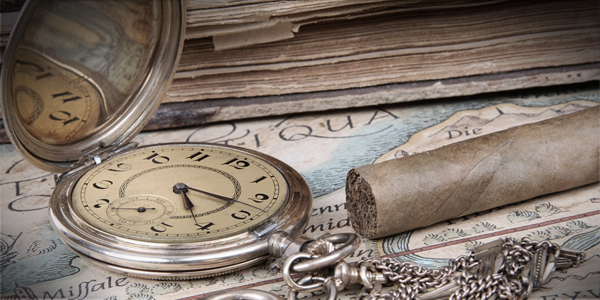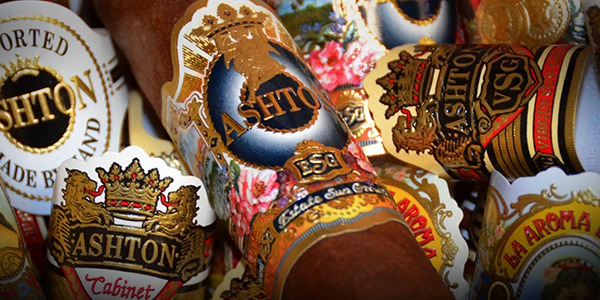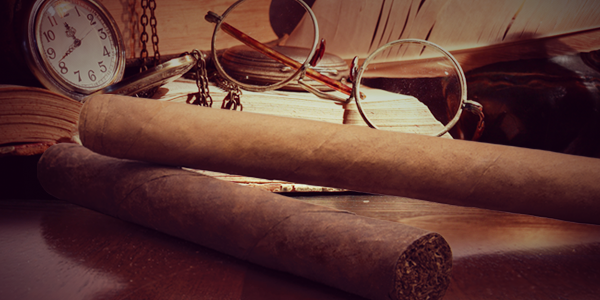A History of Cigars in the United States
Natives and the First Europeans
Tobacco came to the United States with the first European settlers in the 1600s. Or was it already here as migrating tribes of Native Americans, Central Americans, and South Americans carried tobacco seeds with them decades earlier as they traveled to find more hospitable living conditions? For our purposes, cigar tobacco has a long history in the United States, mainly in the Connecticut River valley where the crop was already being grown by the ‘native population’ when European settlers arrived. Most of the tobacco was used for pipe smoking, a Virginian strain imported from the south. The soil in Connecticut was sandy and that, combined with a relatively short and hot summer, produced excellent tobacco annually. The soil became known as ‘Windsor soil,’ named after the town of Windsor, Connecticut, nearby. The soil there has been favorably compared to that of Cuba’s premier cigar tobacco growing region of Vuelta Abajo, and to Nicaragua’s Jalapa Valley. That would prove fortuitous.
Enter Lt. Col. Israel Putnam. “Old Put,” as he was known, was born in Massachusetts and served as an officer in the British Navy (remember, the US was not yet the US, but still a bunch of British colonies). In 1740, Putnam moved to northeastern Connecticut and began farming. In 1762, while part of the British invasion of Havana, Putnam was shipwrecked. He survived and left Cuba with an unknown amount of Cuban tobacco seeds and 30,000 Cuban cigars. Putnam planted the seeds and they yielded the first “Connecticut wrapper.”
New England, understandably, was the first region of the US in which cigar smoking became popular. In the 1770s, most cigars were homemade, rolled by the wives of the men who grew the crop. The wrappers were not as refined as today’s Connecticut Shade. They were dark and very crude. Subsequent years and experimenting by farmers, including the importation of seeds from other parts of the world, vastly improved the quality of the tobacco.
The 1800s
In the 19th century, despite the fact that most of the cigars being smoked in the US were made domestically or came from Europe, cigars were largely advertised as coming from Havana. Cuban tobacco was still considered the best, but Connecticut tobacco was gaining recognition as some of the best wrapper and binder available. In 1804, Cuba imported one million pounds of US tobacco in an effort to meet European demand.
Late in the century, growers and scientists worked together to develop a Connecticut leaf that would become the standard. It was a wrapper so smooth and golden that it dominated the cigar market. More than 30 samples from Cuba and Sumatra were brought in to develop a hybrid. The first true Connecticut Shade tobacco was grown in 1900, with the first shade-leaf tent put up on River Street in Windsor. At its height, more than 20,000 acres in the Connecticut River Valley were cultivating shade tobacco. Today, it’s estimated that up to 2,000 acres or as few as 300 are put to such use as the varietal is grown in other parts of the world at much lower cost.
Connecticut Shade and Connecticut Broadleaf wrappers are found today on many great cigars, including the Arturo Fuente, Ashton, La Aroma de Cuba, Montecristo, Romeo y Julieta, and Oliva, among many others.
The origins of serious cigar manufacturing as a commercial business in the US is generally understood to have started in Ybor City, Florida, now part of Tampa. In the 1890s, immigrants from Spain and Cuba worked in cigar factories. BY 1920, Ybor City became known as “Cigar City.” Among those making cigars in Ybor City was A. Fuente and Co., which began in 1912 and, like many of the factories, imported Cuban tobacco to roll domestically.
The Great Depression and the Cuban Embargo
The Great Depression of the early 1930s reduced the demand for cigars and many Ybor City cigar factories shuttered. Some that remained open mechanized and stopped making cigars by hand. Demand didn’t recover until after World War II. The talented rollers who made the cigars had disappeared and most factories offered only machine-made cigars. For that and other reasons, Ybor City fell into decline. A major blow came from the 1962 US embargo of Cuban goods. The Cuban leaf being used by the remaining factories was no longer available. Other sources had to be found and, ultimately, that challenge created the modern non-Cuban cigar industry we know today, but the factories moved to other nations where torcedores (rollers) could be found or trained by the numerous cigar-makers who had fled Cuba after the Castro revolution. The United States became a cigar-consuming market, ultimately the richest one in the world.
At its peak in 1895, the US boasted around 42,000 cigar factories. Today there might be 50 that continue to roll cigars. Cleveland alone had 330. Today, Ohio has none. Some small operations can be found in Miami and in other cities. Florida has the most and produces some cigars you all love. Seven rolling operations remain in Tampa, among them J.C. Newman, calling itself “America’s Oldest Family Owned Cigar Manufacturer.” The J.C. Newman portfolio includes Diamon Crown and Brick House brands (although both are made outside the US in the Dominican Republic and Nicaragua, respectively).
The Cigar Boom and Beyond
Cigar smoking in the US remained fairly steady, then stagnant into the 1990s. Many credit the resurgence to the appearance of Cigar Aficionado magazine, which happened to coincide with a strong economic recovery that emphasized luxury goods. Cigar sales rose quickly, creating a shortage among some favorite brands. The Cigar Boom reached its apex in 1997. Smokers chose favorites over the next few years, leaving some of the newer operations by the wayside. Fewer, stronger brands remained and began to compete by increasing quality as consumers’ tastes became more sophisticated. Cigar sales in the US in 2017 reached more than 330 million sticks, the highest since the boom faded.
Today, more cigars are coming to us from the Dominican Republic, Nicaragua, and Honduras. Presently, Nicaragua is the largest exporter to the US. A few other countries represent a small number of imports. Cubans remain absent from the US market as the embargo continues. (Do you really miss them? I mean, REALLY?)
Consumers today have more choices than ever. Cigars are available for every budget. We’ve never had it so good.

